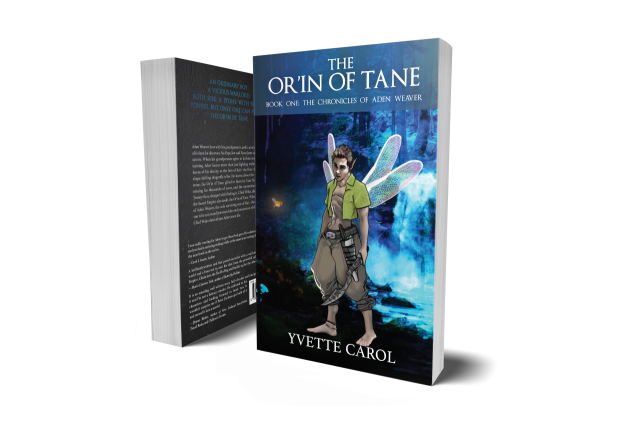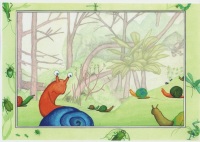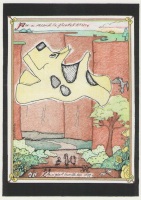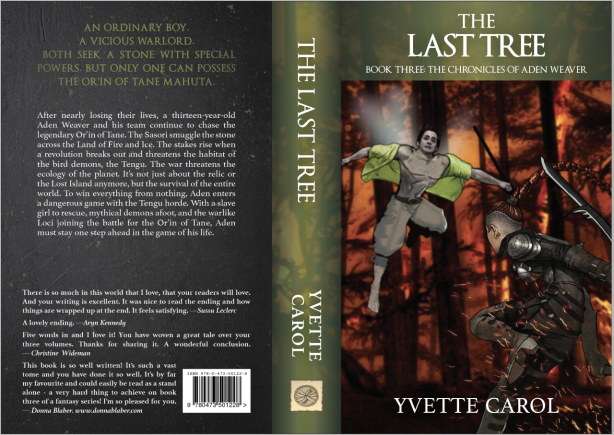
Here, in New Zealand, media coverage of children’s books is poor. I was particularly interested when a fellow Kiwi author shared this online conversation about the topic of the under-representation of children’s literature in the media.
This was the original “call-to-action:” ‘#CoverKidsBooks invites you to join in a public conversation about children’s books. Leave a comment, write a blog of your own, or tweet about it using the hashtag. Tell us why children’s books matter to you, and what you’d like to see the media do to #CoverKidsBooks!’
The research by #CoverKidsBooks showed that children’s books ‘typically got 3% of newspaper review space, despite accounting for over 30% of the market.’
This is a subject close to my heart. *grabs soapbox*
I’ve never been able to understand why children’s books are so greatly undervalued. To me, children’s literature is as important as any other genre. Wake up, world, to the increasing rather than decreasing value of books for our kids! Wake up to the importance of time spent reading for our children!

When I was growing up, we were given books as prized gifts on birthdays and Christmases. I can remember poring over each and every tome. They were treasured. The first book I ever received was at seven years old. ‘The Legend of Siegfried’ gripped me so completely, that it started off a lifelong passion for mythology and legendary storytelling.
In the original post, Laura Jackson Warburton commented, ‘I think there is still a massive amount of snobbery about children’s books. Not about one children’s book over another, but people tending to dismiss anything from YA down as ‘only silly stories’.’
Exactly. Why is that? What is this snobbery based on?

I’ve always been guided by the words of famous author, Nathaniel Hawthorne, in 1853, Children are now the only representatives of the men and women of that happy era (the golden age) and therefore it is that we must raise the intellect and fancy to the level of childhood, in order to recreate the original myths.
The part of the CoverKidsBooks conversation to really spark my interest however, was when, in the original post, Emma Perry was asked whether children’s books were important.

Emma Perry: I think especially in the world today, where we’re bombarded by information and interruption, your relationship with a book is so important. I’d like to encourage my children to have that long-form thought and long-form imagination.
This was the key, I thought.
We, the parents of today’s children, worry greatly about the future awaiting them. We see our kids with their heads buried in their digital games, or, staring at mobile phones. We wonder how they will ever concentrate long enough to hold down a steady job or relationship.

Maybe that’s why children need to read books these days more than ever before in our history? Because reading helps our modern kids focus their easily-scattered attention for longer periods. Something has to happen to redress the effects of the continuous short-term gratification of playing digital games. Books may just be the cure. Huzzah!
*steps off soapbox*
It’s been proven that reviews and media coverage do sell books. Our children need good quality books, and not just in digital format.
With that in mind, what can we do to raise the profile and image of Children’s Literature?

Out of all the answers given in the original blog post, I liked the comment by Laura Jackson Warburton.
LJW: Daily book reviews in newspapers, not only of new releases from bestselling authors, but of debut authors and archive titles. A children’s book channel like MTV but with books, grabbing kids’ attention and helping books get into the right hands. Top 10’s, book bloggers’ reviews, celebrities talking about books, book trailers etc would get kids thinking about books, talking about books in the playground and using pester power to get parents to buy the books!

Yes. These ideas are great!
Leave a comment, write a blog of your own, or tweet about it using the hashtag. Tell us why children’s books matter to you, and what you’d like to see the media do!

Keep on Creating!
Yvette K. Carol
+
Any book that helps a child to form the habit of reading, to make reading one of his deep and continuing needs, is good for him. ~ Maya Angelou
+
Subscribe to my Newsletter by emailing me with “Newsletter Subscription” in the subject line to: yvettecarol@hotmail.com









































